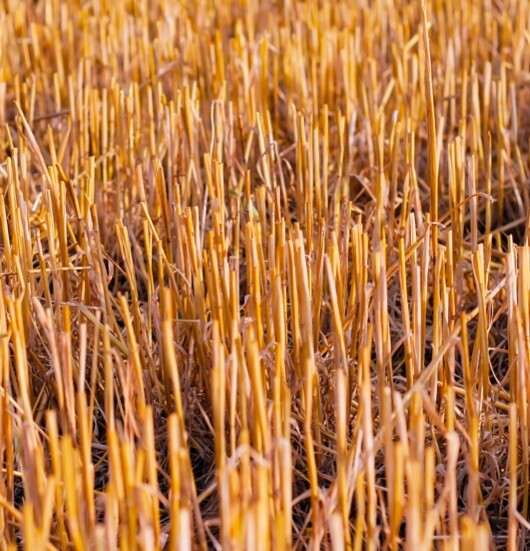Stubble burning and the community
When burning stubble it is important to be mindful of your neighbours and the community.

Key messages:
- While stubble burning allows farmers to manage heavy stubble loads ahead of sowing, smoke can reduce air quality and visibility
- Smoke from stubble burning can impact local wine growers
- Growers need to be sensitive to increased community concerns
Significant rainfall in 2022 meant that large amounts of stubble biomass was produced by crops across the Riverine Plains.
Although many Riverine Plains region farmers have adopted a range of stubble management techniques, the sheer amount of stubble produced last season means that many growers will resort to burning cereal stubbles ahead of sowing.
As farmers, we know that there are many valid reasons for stubble burning (sowing management, disease, weed and pest management), however it’s also important to bear in mind that the smoke from stubble burning can adversely affect local communities, especially at this time of year.
Community sentiment has a direct impact on our ability to farm (social license). In the future, community pressure may restrict access to stubble burning as a management tool, so it’s important to consider how this practice might affect those around us.
Pollution
One of the main community concerns around stubble burning is air quality.
Stubble burning releases a number of pollutants into the environment, including carbon monoxide, carbon dioxide, methane, nitrous oxides (greenhouse gases) and particulate matter, along with smells. In vulnerable people, smoke pollutants can lead to respiratory complaints and other illnesses.
The effect is made worse when many farmers undertake stubble burning at the same time as planned fuel-reduction burns, particularly when weather doesn’t allow proper dispersion or dilution of the smoke. This can cause smoke to hang low to the ground (sometimes for what feels like weeks at a time during the peak autumn burning period), which can heighten community and other industry concerns.
Nutrients are also lost from the farming system through stubble burning, including nitrogen, phosphorus, potassium and sulphur. While carbon losses through burning are often only slightly more than through natural decomposition, its release is immediate (compared to a more gradual release from standing stubble).
Tips to reduce the impact of stubble burning on the community
Burning should always be done in a way that minimises air pollution. When planning a stubble burn:
- Ensure stubble isn’t wet from rain or dewy (for a clean burn and to minimise smoke)
- Consider the potential for smoke to impact neighbours or the community by factoring in wind direction and speed
- Consider whether the prevailing weather conditions may inhibit smoke dispersion
- Consider the potential for creating a traffic hazard on public roads through reduced visibility
- Identify sensitive sites in the area (e.g. schools, day-care centres, hospitals, aged-care facilities) and check that wind direction won’t cause smoke to impact them
- Advise neighbours of your intention to burn
- Comply with permit conditions where applicable
- Consider other industries (i.e. wine growers) in the region
- Ensure all recommended steps have been taken to ensure the fire stays within your boundary
Other industries
Smoke can also affect grapes and lead to smoke-tainted wine from volatile smoke phenols. This can cause the wine to develop off-flavours (smoky, burnt, ashy or medicinal).
There is a risk that grapes could become tainted from exposure to smoke from stubble burning, though this is likely to be lower than the risk from bushfire. Factors that may affect the risk include stubble load, smoke density, burn temperature, wind speed and direction, concentration of volatile phenol compounds, length of exposure and vineyard proximity.
The region is home to numerous vineyards. Nearby farmers can choose to delay burning until conditions are suitable for wind dispersal and minimise the smoke produced. Where possible, delay burning near vineyards until after the grapes have been harvested (grapes are most susceptible from when the grapes change colour to harvest).
Summary
While stubble burning remains a vital management took for farmers, especially in seasons like this, the practice is also facing greater scrutiny. Learn more about alternative stubble management techniques at our case study and publications page.
Resources & further reading
Author
NEWS
Keep up to date with the latest news from across the Riverine Plains.
-
Livestock
-
People
-
Grains
-
Sustainability

